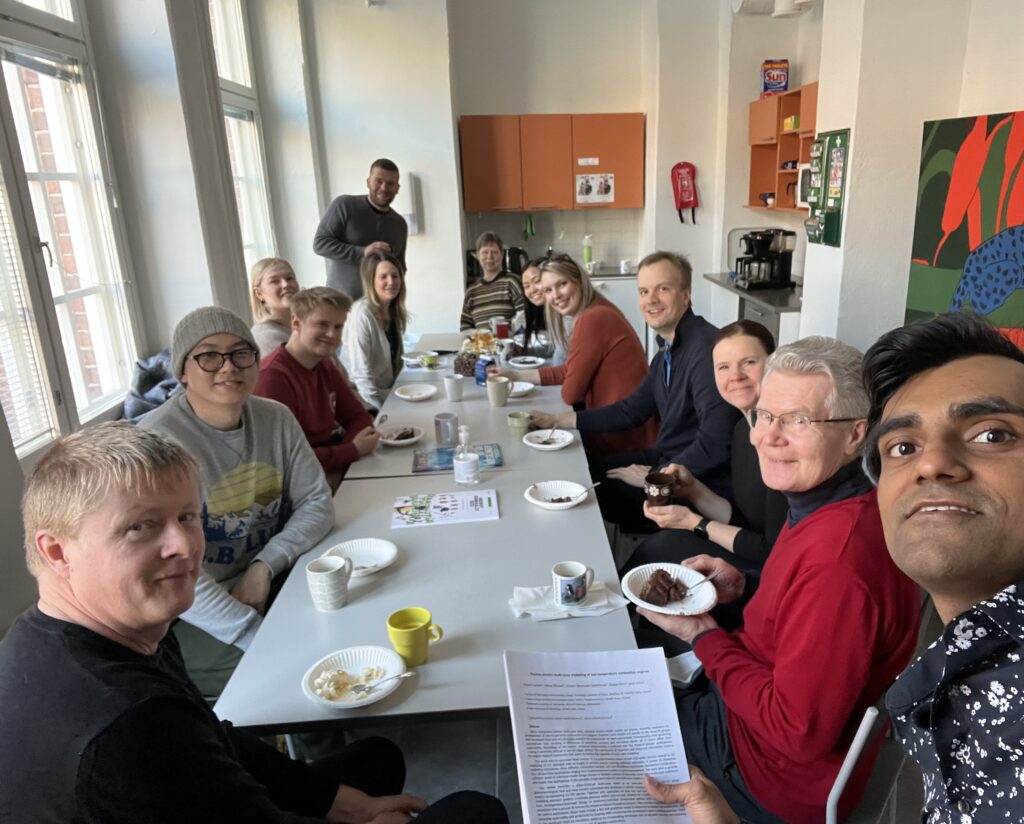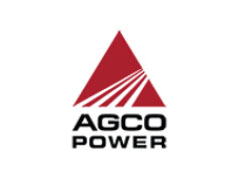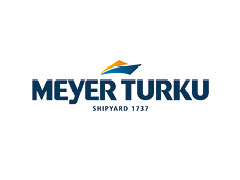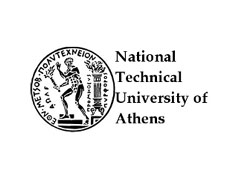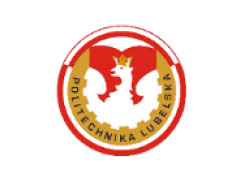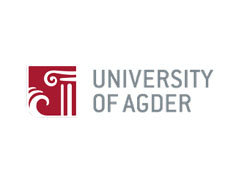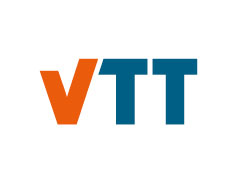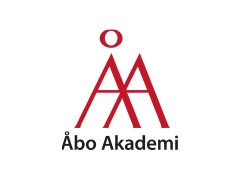Project researchers Aneesh Vasudev and Xiaoguo Storm, along with international co-authors, and supervised by Prof. Maciej Mikulski, successfully published a comprehensive, large-scale review on multizone models (MZM), a simulation tool at the core of the modelling framework in WP3 of Clean Propulsion Technologies project. The work titled “Thermo-kinetic multi-zone modelling of low temperature combustion engines” is published in the prestigious journal, Progress in Energy and Combustion Science, critically acclaimed for providing in-depth review works. In the picture is the team at University of Vaasa, celebrating this milestone.
The motivation behind the task, follows from the targeted RCCI engine demonstrator (in WP3) being inherently challenging to control, because of the combustion mode being driven by chemical kinetics, and the large number of interdependent actuators. However, this combustion mode is sought after as it enables high-efficient and ultra-low emissions operation. The solution lies in a model-based toolchain, which facilitates rapid and efficient calibration and control development of the system, with the MZM forming the fast yet predictive combustion model. To this end, the review work identifies 16 state-of-the-art modelling approaches and 38 different application domains, sourcing from over 120 works directly related to multizone modelling. The scope extends beyond RCCI, including other Low Temperature Combustion concepts of HCCI and PCCI.
The lead author, Aneesh Vasudev says, “The challenge in making this review was in the critical analysis of the collected works. The research conducted in each citation had to be ‘reverse engineered’ to correctly identify all the governing assumptions, approaches and inferences of results. The gathered findings had to then be dissected into easily digestible tables, illustrations and the overall conception of the layout.”
The key findings from this review work are that state-of-the-art multizone models use the onion-skin configuration with 10-15 zones, and phenomenological turbulence mixing based on heat and mass transfer sub-models. Simulation time is on average 30 minutes per cycle (single core), on contemporary workstations. Autonomy of the framework may be improved by supplementing features of gas exchange (1D air-path model), wall temperature, high reactivity fuel stratification, knock prediction and blow-by submodels. In terms of improvements to simulation speed, most viable strategies are tabulated chemistry and implicit solvers coupled with advanced operator split solution routines.
“The efforts have paid off since our findings form the basis for the development of a state-of-the-art modelling toolchain here at the university. In this respect, work is ongoing, and the first phase of this model development is complete,” says Vasudev. Ultimately, this research is another piece of the puzzle paving the way towards next generation clean and efficient powertrains for the marine and off-road sectors.
The article can be found in either
